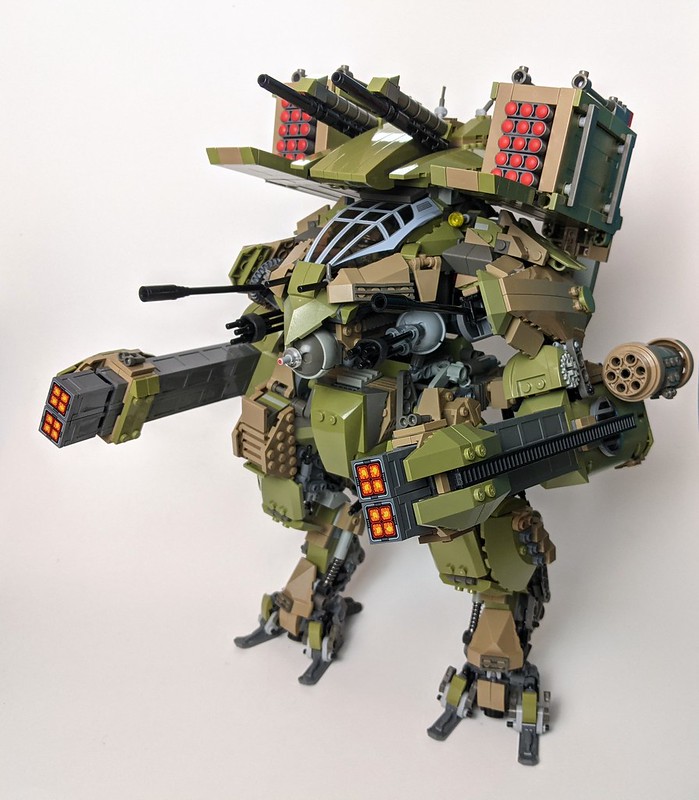The new LEGO x Target collection has delivered some remarkably fun pieces. The Snow Character kit, ostensibly for building a snowman, includes human-sized versions of a handful of elements, and fans are already taking advantage of them in unique ways. This build by Blair Archer incorporates the giant-sized horns to create a Krampus head just in time for Christmas. The glow in the dark eyes round out the build giving it an otherworldly glow. Hope you haven’t been naughty this year!
 If you’re interested in the LEGO x Target collection big pieces, be sure to check out Tom Alphin’s excellent review over at Brick Architect.
If you’re interested in the LEGO x Target collection big pieces, be sure to check out Tom Alphin’s excellent review over at Brick Architect.

